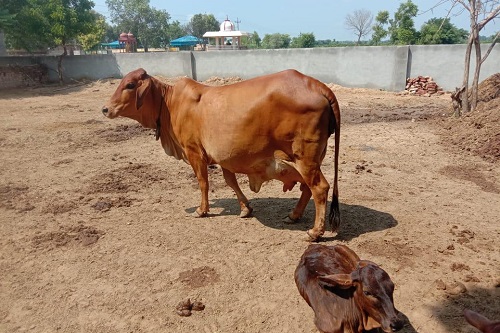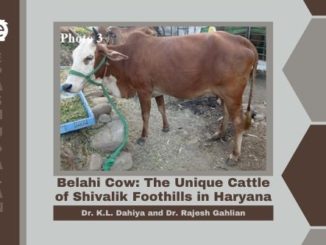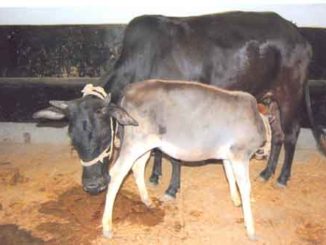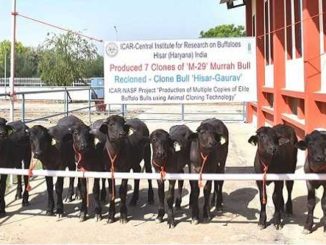Animal husbandry is the State subject and most of the States have formulated its own breeding policy for cattle deciding on choice of breed, cross breeding strategy, animals of different breeds required, breeding goals in terms of expected genetic progress to be achieved, specific breeding programmes and the control measures that should be adopted to achieve the desired genetic gains in the population.
As per Basic Animal Husbandry statistics 2020, the average milk productivity of Indigenous including non descript cattle in the country is 3.08 kg per animal per day during 2019- 20.

Most of the local cows are managed on a low input and low output system by small and marginal farmers and landless labours for production of milk for household nutritional requirement and sale surplus milk to dairy cooperatives or local milk vendors. Daring is sustainable activity in rural India as it is playing important role in providing livelihood support to more than 8 crore rural households engaged in daring mainly small and marginal farmers and landless labours. As per National Account Statistics 2021, the value of output of milk in 2019- 20 is RS8.4 Lac crore at current prices surpassing total value of output from food grains. This information was given by Minister for Fisheries, Animal Husbandry and Dairying, Shri Parshottam Rupala in a written reply in the Rajya Sabha today.






Be the first to comment